Grapes? No Thanks—They Make My Kidneys Cry.
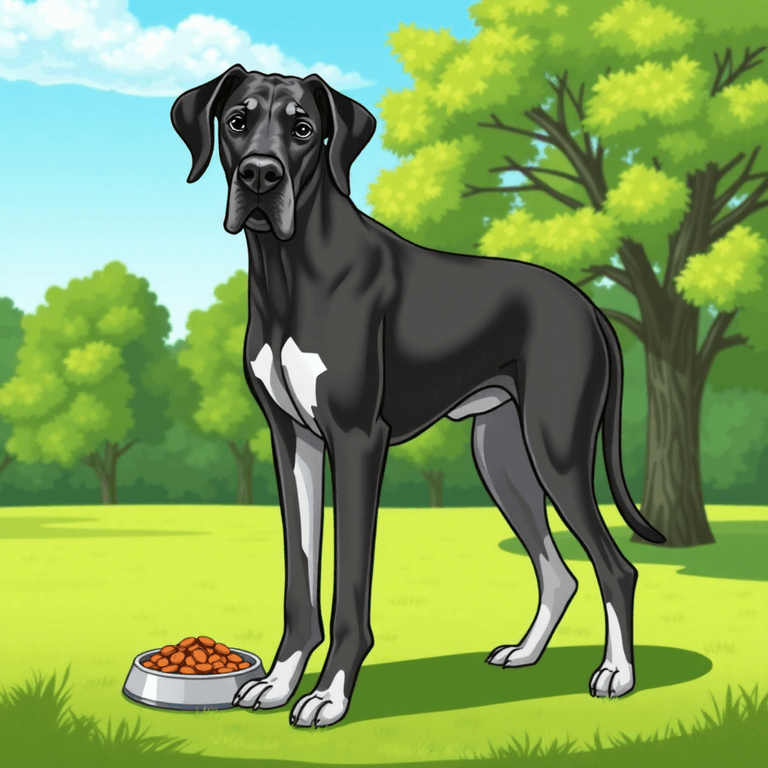
Foods to Avoid for a Great Dane
First up are onions and garlic. I know they smell amazing when my humans are cooking, but these sneaky ingredients are nasty for my blood. They might make the kitchen smell great, but they’ll make me feel terrible! My humans learned this the hard way when I tried to sneak some garlic bread once.
Then there are those greasy, fatty foods that look so tempting. Trust me, I’ve begged for pizza and fried chicken more times than I can count. But my humans say no because greasy stuff can give me tummy troubles and something scary called bloat. Since I’m already huge, bloat is extra dangerous for us Great Danes. Plus, nobody wants a gassy Great Dane taking up half the couch!
My humans also have to watch how much they feed me. I know, I know – I act like I’m starving all the time, but that’s just my thing. Too much food puts stress on my growing bones and joints, and let’s face it, I’m already going to be enormous anyway.
The tricky part is making sure I get all the right nutrients for my joints. My humans read lots of labels and talk to my vet about keeping my bones strong. It’s like they’re building a skyscraper – they need the right materials!
So yeah, even though I could probably eat a whole turkey, my humans know what’s best for keeping this gentle giant healthy and happy.
Toxic Ingredients to Avoid
Woof! The Scary Stuff in My Food Bowl
Now, I know what you’re thinking. “But you’re a dog! You eat garbage sometimes!” Okay, fair point. But even us trash-diving experts have our limits! There are some ingredients that can make me sicker than when I ate that whole birthday cake last month (sorry, Mom).
Even the best garbage-diving pups have limits! Some foods can make us sicker than a whole birthday cake binge!
First up: onions and garlic. I know, I know – they smell AMAZING when you’re cooking. Trust me, my super-nose picks up every delicious whiff. But these sneaky little troublemakers are poison for us pups. They can mess with our blood and make us really sick. No thanks! I’ll stick to drooling over your dinner from a safe distance.
Then there are those weird artificial preservatives and food colors. Look, I don’t care if my kibble is rainbow-colored or boring brown – I’m going to inhale it in three seconds anyway! But these fake chemicals can cause all sorts of problems for my body. My stomach is already the size of a small car, so let’s not make it angry with junk ingredients.
The sneaky part? These bad ingredients love to hide on food labels using fancy science words. It’s like they’re playing hide-and-seek, but the stakes are my health! That’s why I need my humans to be food detectives. Read those labels like you’re solving a mystery – because you kind of are!
I may be big enough to knock over small children accidentally, but when it comes to toxic ingredients, size doesn’t matter. What hurts a Chihuahua will hurt me, too, just maybe in bigger quantities. And remember, just like certain plants can be toxic to us dogs, awareness of plant dangers is crucial for our safety in the home and garden!
Foods Causing Digestive and Pancreatic Issues
Well, our stomachs can be pretty sensitive despite our huge size. Some foods that might look tasty can actually make me feel terrible and mess up my pancreas – that’s a vital organ that helps me digest my food.
Those super-greasy, fatty foods might smell amazing, but they’re like kryptonite to my digestive system. When I eat too much greasy meat or dairy stuff, my pancreas has to work overtime trying to break it all down. Sometimes it gets so overwhelmed that it gets inflamed, which is called pancreatitis. Trust me, that’s about as fun as it sounds – which isn’t fun at all!
And don’t get me started on too many carbs. I know, I know – bread and pasta smell incredible, but loading up on them throws my whole digestive system out of whack. It’s like trying to fit my Great Dane body into a Chihuahua-sized dog bed – things just don’t work right.
The good news is that when my humans give me balanced meals made just for dogs like me, my tummy feels great and my pancreas stays happy. Plus, I get to live longer, which means more belly rubs and fetch games for everyone! Remember, high-quality protein is essential for muscle development and can help keep my digestive health in check, too.
Risks of Improper Growth and Overfeeding
You see, we grow FAST. Like, really fast. One day, we’re cute little puppies, and the next day, we’re accidentally knocking over your coffee table with our tail. But here’s the thing – if we grow too quickly, our bones and joints get super stressed out. It’s like trying to build a skyscraper in a week instead of taking your time.
Our hips especially don’t like it when we rush things, and we can end up with something called hip dysplasia. Trust me, that’s not fun for anyone.
And don’t even get me started on overfeeding! I know, I know – we’ve got those adorable puppy dog eyes that make you want to give us ALL the treats. But too much food makes us chunky, and being a chunky Great Dane is like being a really heavy person trying to walk around on stilts.
Our poor joints have to carry all that extra weight, which makes everything hurt and makes it hard for us to run around and play.
The good news is that you can help us stay healthy! Just watch how much you feed us and make sure we’re getting the right amount. Adult Great Danes require 2,500-3,000 calories daily to maintain their health and energy levels.
And please, PLEASE talk to our vet about what we should be eating. They know all about our special growing needs.
With the right care, we’ll grow up to be the magnificent, majestic goofballs we’re meant to be!
Foods That Increase Bloat Risk
Foods That Make My Tummy Go BOOM!
But here’s the thing – my deep chest that makes me look so majestic also makes me a target for something scary called bloat. Think of it like a balloon getting twisted inside my belly. Not fun!
So let’s talk about the foods that turn my stomach into a ticking time bomb. I’ve made this handy chart because, let’s face it, you humans love charts almost as much as I love treats.
| Foods That Make Me Go BOOM | How Much Trouble Am I In? |
|---|---|
| Dry kibble | Major trouble (like forgetting to let me out of the level) |
| Grain-based diets | Medium trouble (stepping on my tail level) |
| Large meals | Major trouble (stealing my favorite toy level) |
| High-fat foods | Medium trouble (loud vacuum cleaner level) |
| Dairy products | Minor trouble (doorbell ringing level) |
Now, I know what you’re thinking: “But you’re enormous! Surely you can handle a giant bowl of kibble!” Wrong! Just because I’m the size of a small pony doesn’t mean I should eat like one. Those big meals might look reasonable next to my giant head, but my stomach disagrees.
The dry kibble is especially tricky because it expands in my belly like those magic sponges you put in water. Not exactly the kind of magic trick I signed up for! And don’t get me started on wolfing down my food – I may look dignified, but I eat like I’m afraid someone’s going to steal my dinner. Recognizing signs and symptoms of bloat is crucial to keeping me safe and healthy!
Nutritional Deficiencies and Joint Health Concerns
You know how we Great Danes are the gentle giants of the dog world? Well, being this tall and magnificent comes with some challenges. Just like how you humans need to eat your vegetables (yuck, right?), we need proper nutrition to keep our massive bodies running smoothly.
Here’s the scoop: many of us Great Danes don’t get enough of the good stuff our bodies need. I’m talking about vitamins A, C, and E. Without these nutritional superheroes, our bones and cartilage get as wobbly as my legs when I try to fit on your tiny couch.
My human learned this the hard way when I started walking like I was doing some weird dance moves. Turns out, my diet wasn’t giving me what I needed to keep these long legs strong. Now they make sure I get the right vitamins and even give me special joint supplements.
Think of them as my daily vitamins, but way more important than your gummy bears. It’s crucial to maintain a calcium-to-phosphorus ratio in our diet to support proper bone health and joint function.
The good news? With the right food and supplements, I went from creaky door to smooth operator. I can still zoom around the yard like a graceful gazelle (okay, maybe more like an enthusiastic elephant, but you get the idea).
Final Thoughts
Here’s the deal: we big dogs need our humans to be super careful about what goes in our food bowls. Sure, we might give you those irresistible puppy dog eyes when you’re eating chocolate, but please don’t fall for it! That stuff is like poison to us. The same goes for onions, grapes, and many other human foods that seem tasty but could make us really sick.
And hey, I get it – when you’re as magnificent and significant as we are, it seems like we should eat mountains of food. But here’s a secret: too much food too fast can cause something called bloat, and that’s scary stuff for us gentle giants. Nobody wants a tummy ache that bad!
Think of feeding us like tending a garden (but way more fun because we wag our tails). Give us the right amount of good food at the correct times, and we’ll grow strong and healthy. Skip the junk, and we’ll have energy to play fetch, go on walks, and give you those amazing Great Dane hugs.
So be our food heroes, okay? We’re counting on you to keep us happy, healthy, and ready for our next adventure!
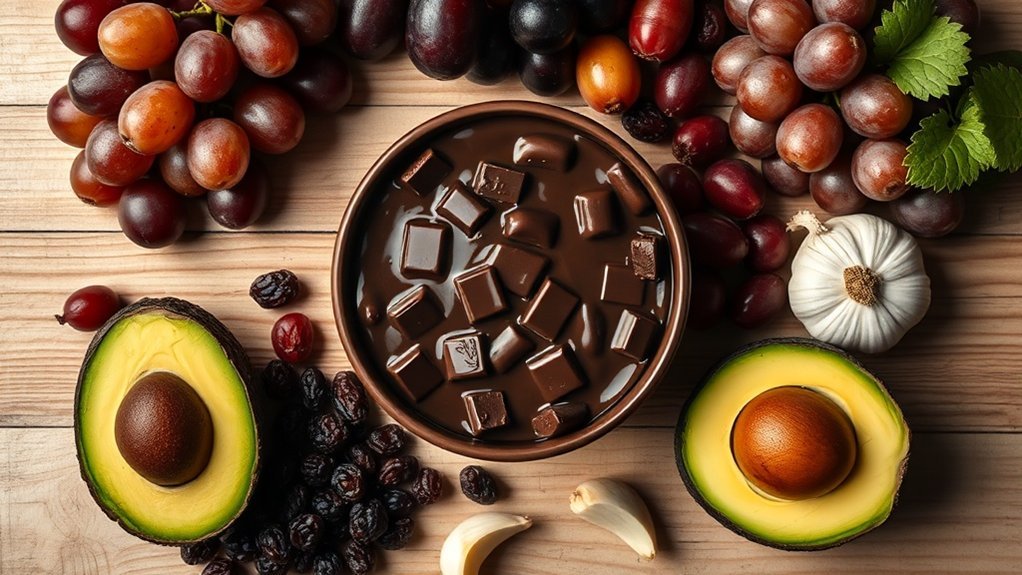


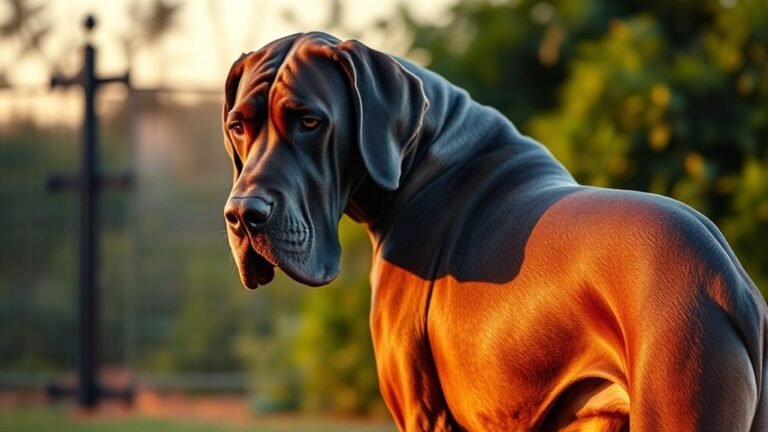
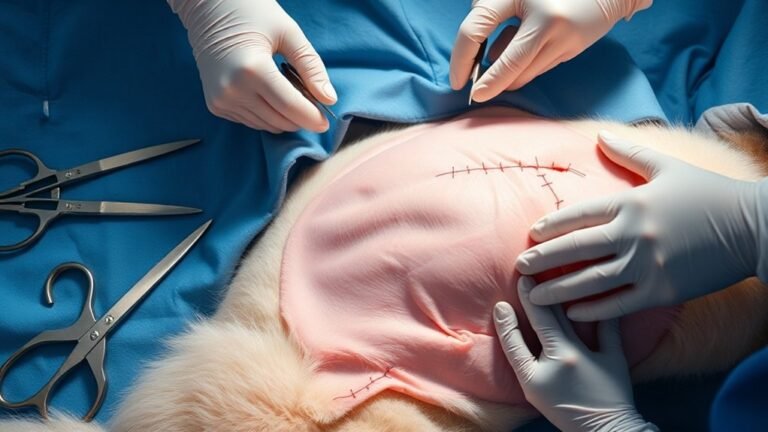
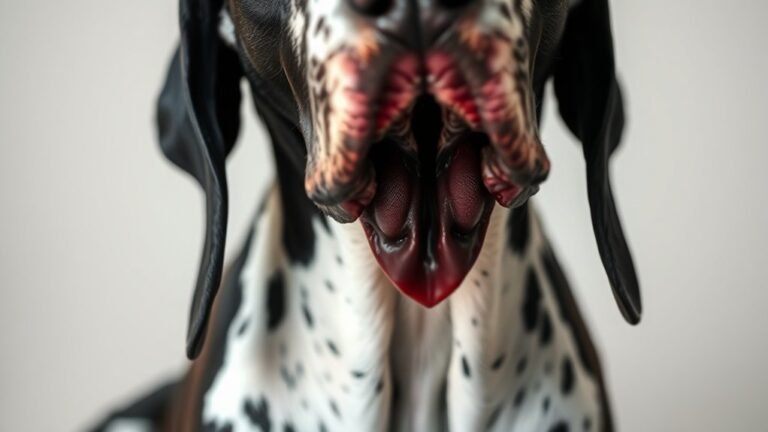

11 Comments